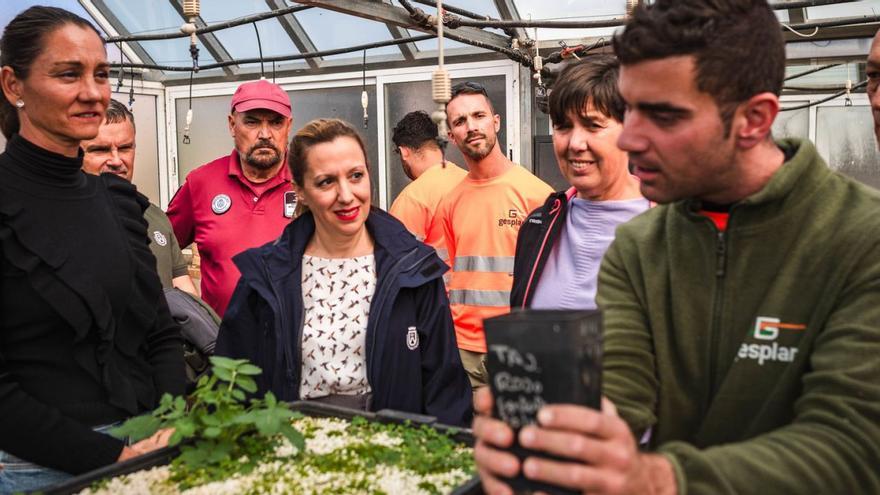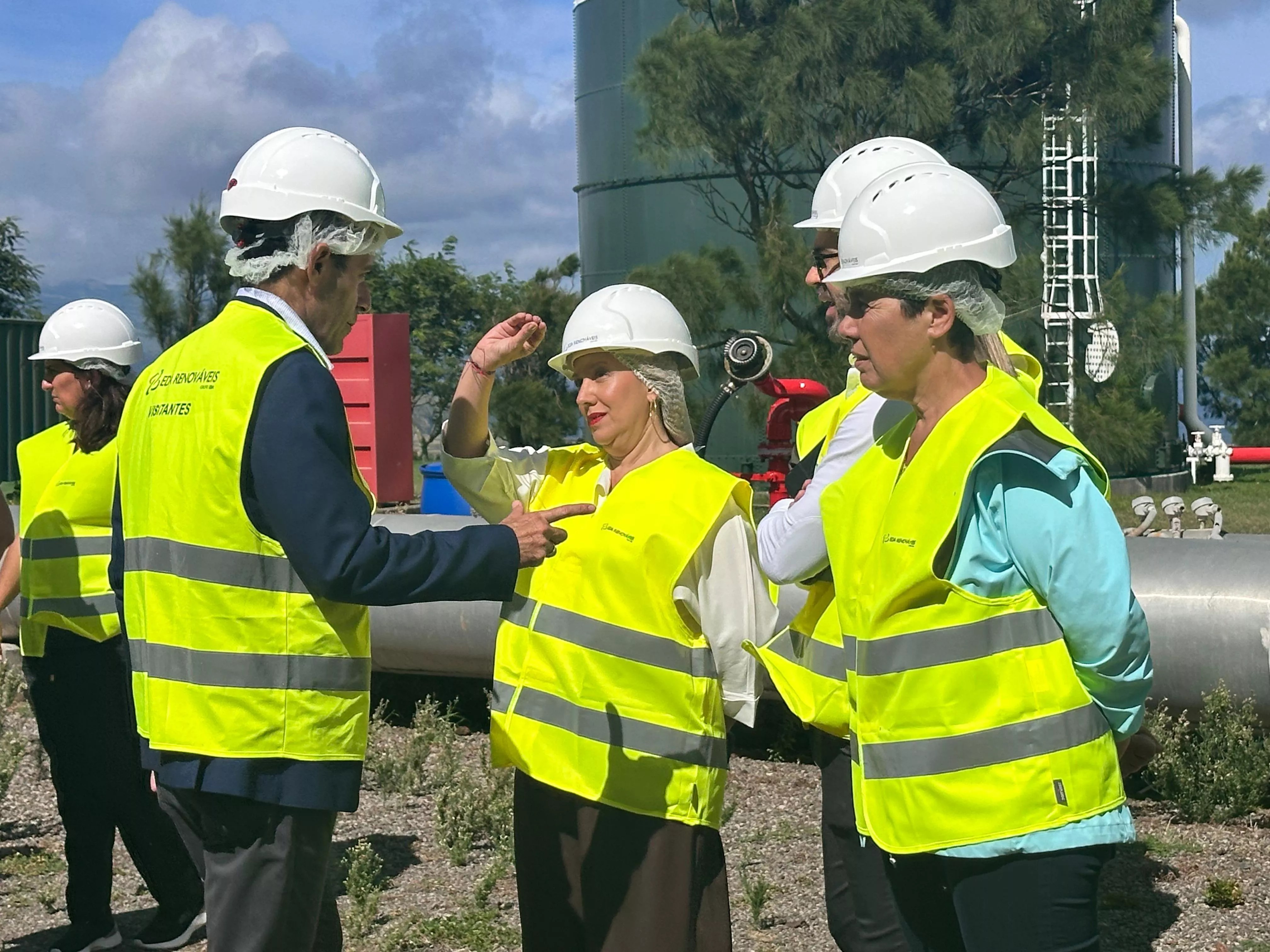
Noah’s Ark of protected species Teide will be expanded to repopulate the areas affected by the fire last summer in the Forest Crown of Tenerife, which also affected the National Park. It is the nursery of El Portillo Botanical Gardenlocated in the same protected space, where many of the unique plants in the world that inhabit the top of the Island are studied and reproduced.
The nursery will gain 200 square meters of surface area in an area adjacent to the facilities. The project developed by Tenerife Council and Cepsa Foundation will allow double the production of the endemic flora of Teide. The expansion work will consist of creating access to the new nursery, building stone walls, installing tables for plant production, a new irrigation network, fencing and placing signs and interpretive tables.
The Botanical Garden is located near the El Portillo Visitor Center and covers an area of four hectares. There, new copies are created with the aim of integrating them into the vegetation of the National Park. Each one carries a label with the name of the species, the botanical family, a map with geographical distribution, both on the Island and in the Archipelago in the event that they occur in other parts of Canary Islands.
The Botanical Garden of El Portillo It is part of the International Association of Botanical Gardens. In addition to the enjoyment and contemplation of visitors, it carries out important work in the conservation and rescue of the flora of the National Park, since this Noah’s Ark has seedbeds, a greenhouse, shade, a laboratory and a station. To cover it in its entirety, 1,200 meters of trail have been prepared.
The El Portillo facilities are vital to preserving the unique species of the National Park
In its almost 19,000 hectares, the Teide National Park is home to 213 species of plants, of which 59 are endemic to the Canary Islands and at least 16 are in danger of extinction. or in a vulnerable situation. Protecting its natural values is the main task of the National Park staff, who are also in charge of the delicate work of collaborating with nature to preserve this unique biodiversity on the planet. The El Portillo botanical garden nursery tries to guarantee the survival of more than 200 of these plant species.
The president of the Cabildo, Rosa Davilathe Minister of the Natural Environment, Blanca Pérez, and the head of the Cepsa Foundation in the Canary Islands, Belén Machado, They visited the facility. Blanca Pérez explained that the objective of this initiative is “to achieve sufficient plant production in response to the sudden repopulation needs after the fire last August.”
For its part, Belen Machado pointed out that “because of what Tenerife means to Cepsa, because the company’s origin was here, and because Teide is a symbol for the people of Tenerife, we have chosen this location to materialize our collaboration with the environmental restoration of the affected areas due to the fire that recently affected the Island.
The fire last August penetrated Mount Teide and caused environmental damage
The biologist José Luis Martín Esquivel He is one of the experts who works in this nursery where some of the most endangered species on Teide are grown. They have already managed to save the Guanche rose (Bencomia exstipulata), the Jarilla de las Cañadas (Helianthemum juliae) or the silver thistle (Stemmacantha cynaroides). Now new challenges are faced, such as growing in a nursery the last species described for science on Teide, the Viola guaxarensis, or creating specimens to help repopulate the areas burned by the last fire that devastated Tenerife.
















